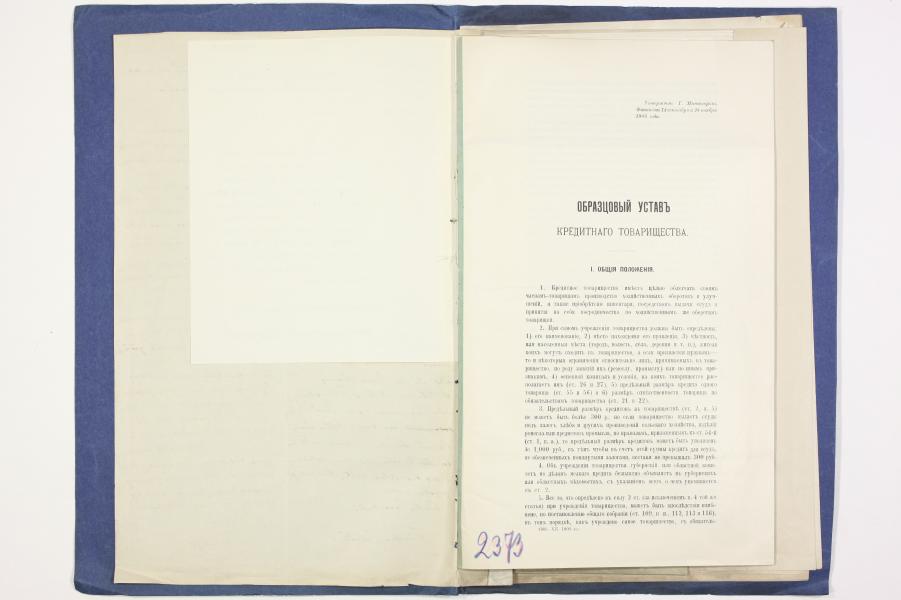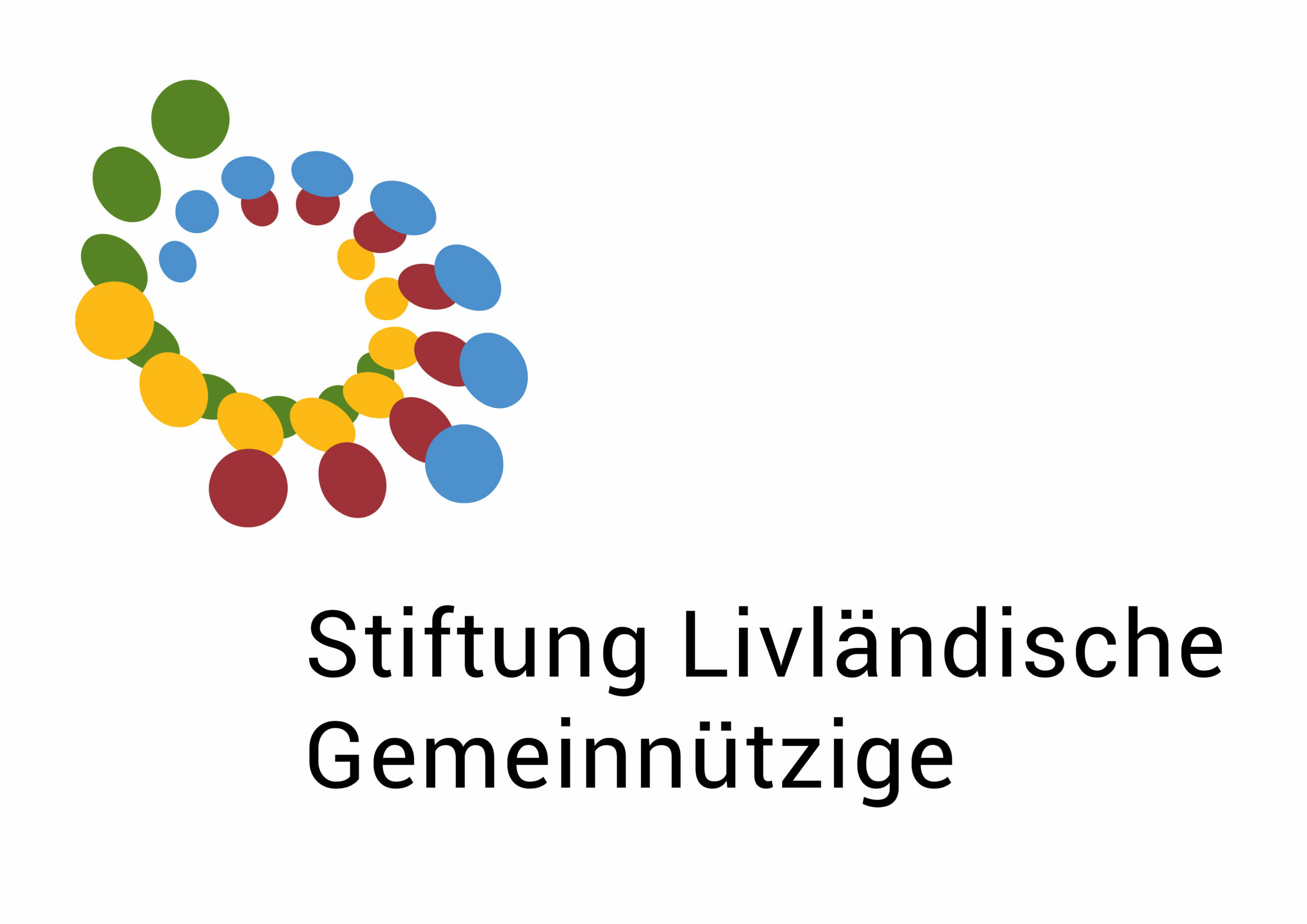GERMANY AND THE EASTERN BALTIC SEA REGION, since centuries – also to-day – belong to the SAME CULTURE. The specific common culture of civic society supporting finance is at the centre. Therefore, it urges to reach JOINT GERMAN-BALTIC EFFORTS to make the economic future liveable.
ROOTS OF BALTIC COMMUNITY SUPPORTING FINANCE
God’s coffer and Common coffer
In the old times, the Baltic towns had two powerful corporations, the CHURCHES and the organisations of the Baltic merchants and craftsmen TOWNS. Each of them had FOUNDATIONS to persue their individual and general interest objectives. The Churches maintained hospitals, services for the poor and education. They owned VALUABLE REAL ESTATE, in the towns and in the country-side. The business community looked for the well-being of its adherents. They had less funds than the Churches. For their purposes, each of the corporations established special FUNDS. That of the Churches was called God’s coffer (GOTTESKASTEN), that of the others, under the rule of the TOWNS, Common coffer (GEMEINER KASTEN). The challenges for the latter increased considerably with the beginning of the industrial revolution. They took LOANS FROM THE CHURCH funds. When the political power of the towns grew, they were able to MERGE the two systems. This can be considered as the hour of the Baltic BIRTH OF BALTIC MUNICIPALITY BANKS (in German: Savings Banks).
Savings Banks in Zar’s times
Against the END OF THE ZARIST EMPIRE, model RULES FOR all types of SAVINGS AND LOAN BODIES for the whole of the Empire were decreted. Special MODALITIES FOR the BALTIC SEA PROVINCES were allowed. These rules continued to be VALID, literally or as part of new regulations, in the NEW BALTIC NATIONS.

Collectivist and society groupings enconomic self-help
From the beginning of the 20th century on, co-operatives, for the benefit of small businessmen or for farmers, appeared also in the Baltic Sea region. Especially the rural financial services CO-OPERATIVES EXPANDED MASSIVELY. They became the BACK-BONE OF THE NATIONAL ECONOMIES in the years BETWEEN THE TWO WORLD WARS. Voluntary collective systems – not to be confused with the perversion during Soviet times – were not successful in the Baltic region but in other parts of the world.
{:}{:en}
GERMANY AND THE EASTERN BALTIC SEA REGION, since centuries – also to-day – belong to the SAME CULTURE. The specific common culture of civic society supporting finance is at the centre. Therefore, it urges to reach JOINT GERMAN-BALTIC EFFORTS to make the economic future liveable.
ROOTS OF BALTIC COMMUNITY SUPPORTING FINANCE
God’s coffer and Common coffer
In the old times, the Baltic towns had two powerful corporations, the CHURCHES and the organisations of the Baltic merchants and craftsmen TOWNS. Each of them had FOUNDATIONS to persue their individual and general interest objectives. The Churches maintained hospitals, services for the poor and education. They owned VALUABLE REAL ESTATE, in the towns and in the country-side. The business community looked for the well-being of its adherents. They had less funds than the Churches. For their purposes, each of the corporations established special FUNDS. That of the Churches was called God’s coffer (GOTTESKASTEN), that of the others, under the rule of the TOWNS, Common coffer (GEMEINER KASTEN). The challenges for the latter increased considerably with the beginning of the industrial revolution. They took LOANS FROM THE CHURCH funds. When the political power of the towns grew, they were able to MERGE the two systems. This can be considered as the hour of the Baltic BIRTH OF BALTIC MUNICIPALITY BANKS (in German: Savings Banks).
Savings Banks in Zar’s times
Against the END OF THE ZARIST EMPIRE, model RULES FOR all types of SAVINGS AND LOAN BODIES for the whole of the Empire were decreted. Special MODALITIES FOR the BALTIC SEA PROVINCES were allowed. These rules continued to be VALID, literally or as part of new regulations, in the NEW BALTIC NATIONS.

Collectivist and society groupings enconomic self-help
From the beginning of the 20th century on, co-operatives, for the benefit of small businessmen or for farmers, appeared also in the Baltic Sea region. Especially the rural financial services CO-OPERATIVES EXPANDED MASSIVELY. They became the BACK-BONE OF THE NATIONAL ECONOMIES in the years BETWEEN THE TWO WORLD WARS. Voluntary collective systems – not to be confused with the perversion during Soviet times – were not successful in the Baltic region but in other parts of the world.
